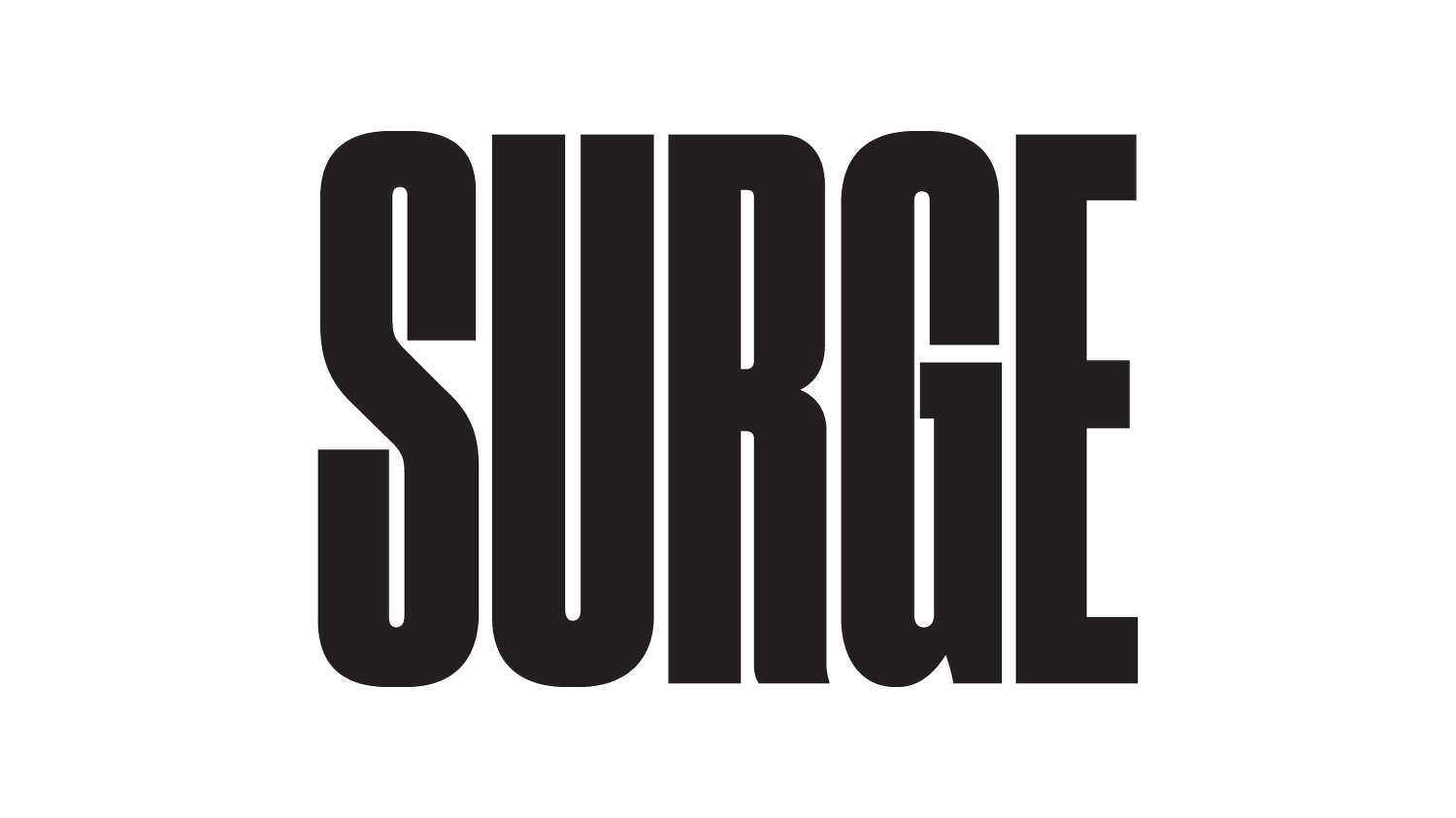The environmental impact of eating fish, explained
With the growing awareness around food and the environment, one question that comes up often, is whether or not eating fish is environmentally friendly. So, is eating fish sustainable?
We often talk about the Amazon rainforest being the lungs of the planet, and yet somewhere between 50 to 85% of all the oxygen we breathe comes from marine phytoplankton, tiny ocean plants, that through the process of photosynthesis, produce oxygen, and so it’s really the oceans that are our lungs.
The oceans also play a pivotal role in regulating temperature and overall climate, which isn’t really surprising considering that around 70% of the Earth’s surface is water-covered and yet, even though it is estimated that 50 - 80% of all life lives under the ocean surface, we have still only explored less than 10% of the ocean.
It is no wonder then, that there is an outcry when there are oil spills in the ocean, or when we see whaling vessels harpooning whales. But what about the environmental cost of the fish that we eat?
When it comes to wild fish the two main methods of catching fish are bottom trawling and longline fishing.
Bottom trawling is a method of fishing that involves dragging heavy weighted nets across the sea floor, in an effort to catch fish. It’s a popular method in commercial fishing because it can catch large quantities of fish in one go.
However, when dragging the large, weighted nets across the seafloor, everything that happens to be in the way gets swept up in the net too, leading to huge amounts of bycatch and also the damaging of the seafloor, which creates harmful algae blooms and oxygen-deficient dead zones.
Longline fishing is where fishing vessels trail huge lines of nets through the oceans, with hundreds or even thousands of baited hooks attached along the nets. These nets can be as long as 50 to 100km in length.
Similar to bottom trawling, the lines are indiscriminate meaning that by catch is also a huge issue. every year around 650,000 whales, dolphins, seals, sea lions and turtles are killed each year because of the fishing industry - which equals more than one every minute.
On top of that, it is estimated that 50 million sharks are unintentionally caught as bycatch each year, which is about half as many as are killed intentionally for their meat and fins. Yet, why is it then that we look in horror at those who eat shark fin soup, when our consumption of fish is also responsible for the mass killing of tens of millions of sharks every year?
Leading researchers such as Randall Arauz, have highlighted how it is the fishing industry that has caused a 60% decline in shark numbers in Costa Rican waters.
But the problem of bycatch is even more significant than this, as it is estimated that somewhere between 10% to 40% of all fish caught are bycatch. This has an impact on the biodiversity of the ocean, and also means many species are being fished to the brink of extinction simply as a consequence of commercial activities, not even as the target of them. To make matters worse, one third of the fish that are caught are used to feed farmed animals, including farmed fish but also pigs and chickens, meaning our oceans are being destroyed to feed animals in an industry that is further contributing to environmental degradation from greenhouse gas emissions, habitat destruction, deforestation, water use, land use and a whole host of other problems.
“The number of overfished species has increased three-fold in the past 40 years alone, with the United Nations FAO stating that 87% of the world’s fisheries are either overexploited or fully exploited, with nearly one third of edible fish and seafood species having declined by 90%”
The number of overfished species has increased three-fold in the past 40 years alone, with the United Nations FAO stating that 87% of the world’s fisheries are either overexploited or fully exploited, with nearly one third of edible fish and seafood species having declined by 90%, and a study from an international team of researchers published in the Journal Science, even predicted that we could actually have fishless oceans by the year 2048. Just imagine for a second, the world’s oceans devoid of life, a once thriving and abundant variety of ecosystems, full of wonder and intrigue, now decimated and dead.
Moreover when it comes to plastic in the ocean, it is reported that as much as 70% of macroplastics found floating on the surface of the ocean are fishing related. A recent study of the “great Pacific garbage patch”, an area of plastic accumulation in the north Pacific, showed that 86% of the macroplastics in this area were fishing nets.
When it comes to famed fish, which now provide around half of all the fish that are consumed globally, this industry actually leads to even more fishing, because many of the fish raised on these farms are carnivores, meaning they need to eat smaller fish to live. Billions of wild fish are therefore caught in order to feed these farmed species. For example, it can take up to five pounds of ocean fish to produce just one pound of farmed salmon.
Overcrowding of fish in aquaculture also results in a high rate of disease and infestations, leading to increased antibiotic use and it’s estimated that, in the US, farmed salmon are fed more antibiotics per pound than any other farmed animal. Furthermore, in 2015, a report in the US found more antibiotic-resistant MRSA on shrimp compared to previous tests of pork, chicken, and ground turkey.
The diseases and infections from farmed fish can also spread to wild fish as well, damaging natural ecosystems and spreading parasites to wild animals. And on top of that farming fish is responsible for the destruction of natural habitats with farmed shrimp being responsible for the destruction of 45% of the mangroves in Bangladesh and 50 - 65% of the mangroves in Thailand. Mangroves are highly effective at sequestering carbon so this destruction has resulted in huge amounts of carbon dioxide being released back into the atmosphere.
Waste is also a significant issue. The journal Science stated that a 2-acre salmon farm produces as much waste as a town of 10,000 people, and salmon farms in British Columbia were found to be producing as much waste as a city of half a million people. Fish waste also produces greenhouse gas emissions and can negatively impact wild fish and the surrounding ecosystems.
In the end, our consumption of fish is destroying our planet and decimating natural ecosystems and biodiversity. Both wild caught and farmed fish are wholly unsustainable and if we really want to protect our oceans and the life contained within them, the best and most important thing we can do, is stop eating fish.
FACT SHEET: FISH AND THE ENVIRONMENT
Watching our ‘Is eating fish bad the environment?’ video - which explains the impact of wild fishing and intensive aquaculture on the planet - is just the beginning of understanding our fraught relationship with fish consumption.
We encourage you to look further, do your own reading and better equip yourself with essential knowledge that will either help you go vegan for good, or improve the way you advocate for better, plant-based systems.
To help you on your way, we’ve gathered together all the articles, studies and reports used when researching the video.


























